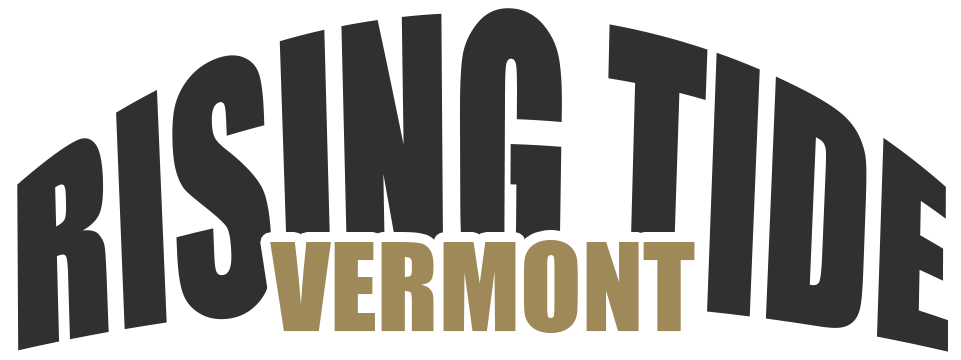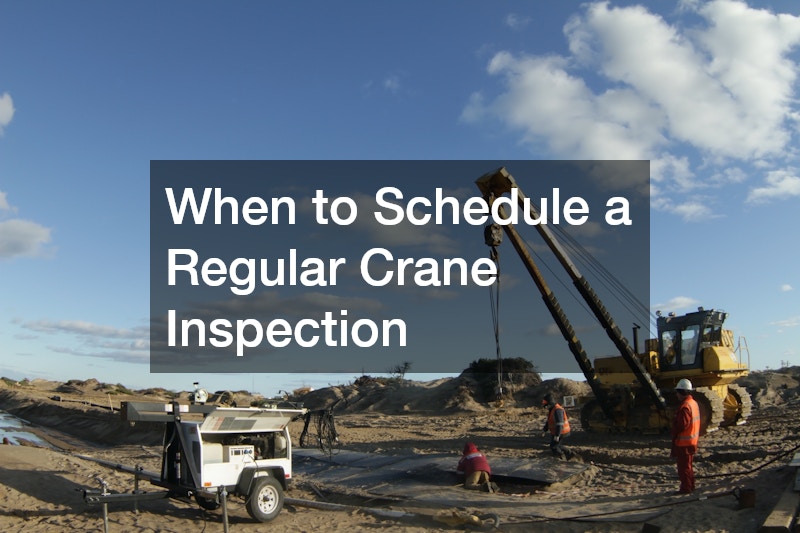Regular crane inspections are crucial for ensuring safety, compliance, and efficiency in operations involving heavy lifting. Scheduling these inspections at appropriate intervals helps identify potential issues before they lead to accidents or costly repairs. Here’s a guide on when to schedule regular crane inspections to maintain optimal performance and safety.
Daily Inspections
Before Each Shift: Cranes should undergo a brief inspection before each shift to ensure they are in safe working condition.
Operators should check for visible damage, ensure that controls are functioning correctly, and verify that safety devices are operational. Key components to inspect daily include:
Wire Ropes and Chains: Look for signs of wear, fraying, or kinking.
Hooks and Latches: Ensure they are not deformed and that latches close properly.
Fluid Levels: Check hydraulic and lubrication fluids.
Operational Controls: Test buttons, levers, and emergency stop mechanisms.
Weekly Inspections
End of the Week: Weekly inspections are more detailed than daily checks and should be performed by a qualified individual. These inspections focus on areas prone to wear and tear and involve checking:
Brakes and Clutches: Ensure they are functioning correctly.
Electrical Components: Inspect for loose connections or damaged wires.
Structural Elements: Look for cracks, corrosion, or other signs of damage.
Load Indicators and Limiting Devices: Verify they are accurate and functioning.
Monthly Inspections
Every 30 Days: Monthly inspections are comprehensive and should be conducted by a certified inspector. These inspections often include:
Detailed Examination of All Mechanical Components: Including gears, motors, and bearings.
Rigging Equipment: Thorough inspection of slings, hooks, and other rigging components.
Control Systems: Check all operational and safety controls for proper functionality.
Documentation Review: Ensure all maintenance records and inspection logs are up-to-date.
Quarterly and Annual Inspections
Every 3 Months and Annually: More extensive inspections are required quarterly and annually to comply with regulatory standards and manufacturer recommendations. These inspections should be carried out by qualified crane inspectors and typically involve:
Load Testing: Conduct load tests to verify the crane’s lifting capacity and performance under maximum load conditions.
Non-Destructive Testing (NDT): Use NDT methods to detect internal cracks or weaknesses in critical components.
Thorough Review of Electrical and Hydraulic Systems: Ensure all systems are functioning correctly and efficiently.
Structural Integrity Check: Comprehensive examination of the crane’s overall structure to detect any potential issues that could compromise safety.
Post-Event Inspections
After Specific Events: Certain situations necessitate immediate inspections to ensure the crane remains safe to operate:
After a Collision or Accident: Inspect for any damage that may have occurred.
Following Severe Weather: High winds, storms, or earthquakes can affect crane stability and safety.
After Significant Modifications or Repairs: Ensure the crane functions correctly after any major changes or maintenance work.
Compliance with Regulations
OSHA and Industry Standards: Regular crane inspections must comply with regulations set by bodies such as OSHA (Occupational Safety and Health Administration) and other relevant industry standards. These regulations often dictate specific inspection intervals and procedures that must be followed.









